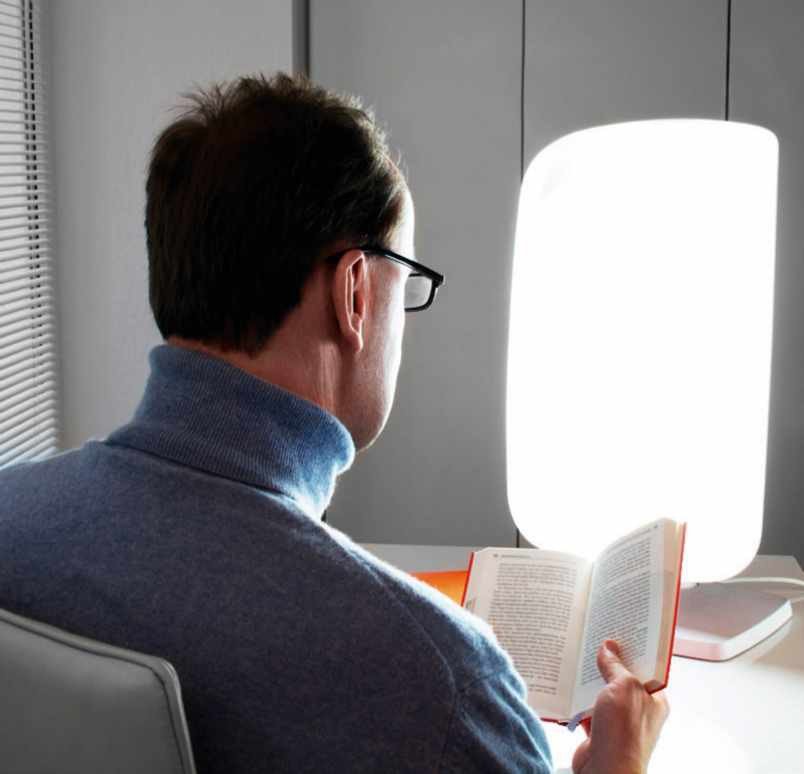ARE THERE ANY BENEFITS TO USING A SAD LAMP?
LISA SEYMOUR, DURHAM

Seasonal affective disorder (SAD) is a type of depression that comes and goes in a seasonal pattern. The exact cause isn’t fully understood, but it’s often linked to reduced exposure to sunlight during shorter days.
Some people find that a light box, called an SAD lamp, can help. These produce a very bright light to simulate sunlight. This is thought to encourage your brain to reduce melatonin (the hormone that makes us sleepy).
Light therapy has been associated with a reduction in fatigue on a short-term basis. However in 2019, Cochrane (the global independent research network whose reviews are considered the gold standard for research) published a systematic review of light therapy for SAD, and concluded that the quality of evidence about whether light therapy prevents winter depression is very low. However, some studies have found it’s effective for treatment during a SAD phase, especially first thing in the morning. It’s worth bearing in mind that it can take a few weeks to work, and is often not available on the NHS.
Most people can use light therapy safely. The recommended light boxes have filters that remove harmful ultraviolet (UV) rays, so there’s no risk of skin or eye damage for most people, but make sure that you choose a light box that is medically approved for the treatment of SAD, and produced by a fully certified manufacturer. It’s rare for people using light therapy to have side effects, but some do report agitation or irritability, headaches, eye strain, sleeping problems (avoiding light therapy at the end of the day may help prevent this), and blurred vision. You must be especially careful if you have an eye condition or take any other medicines that might sensitise you to bright light, such as some antibiotics. NM
Email your questions to
questions@sciencefocus.com
or submit on Twitter
@sciencefocus